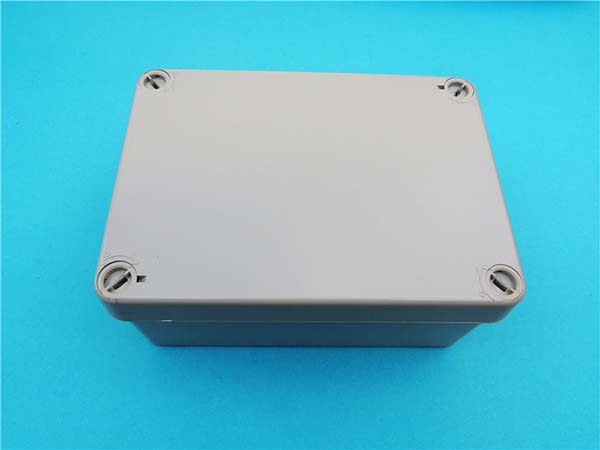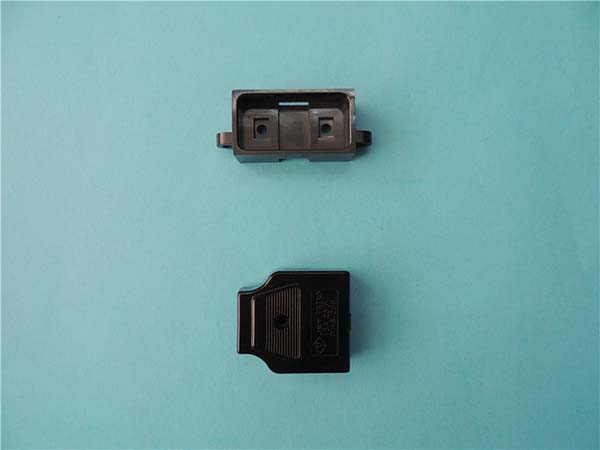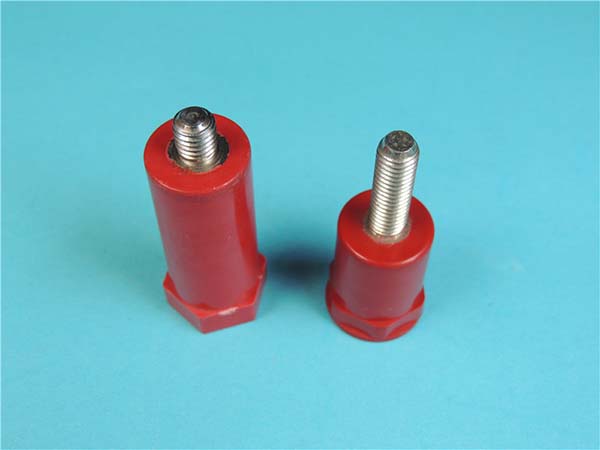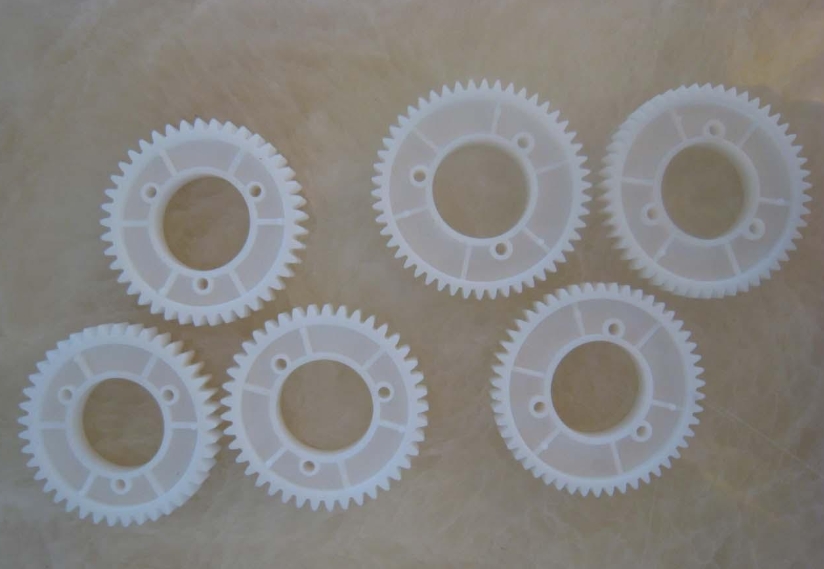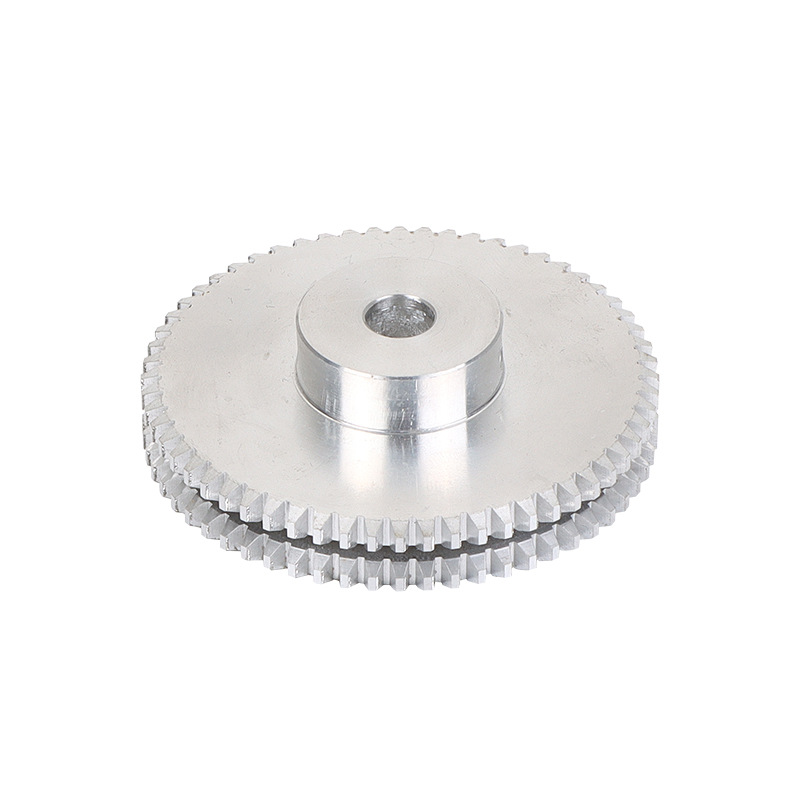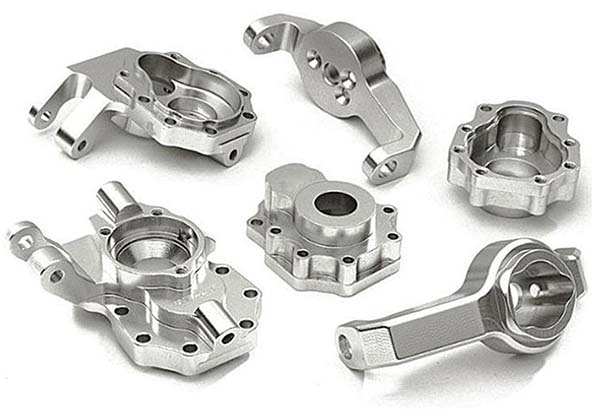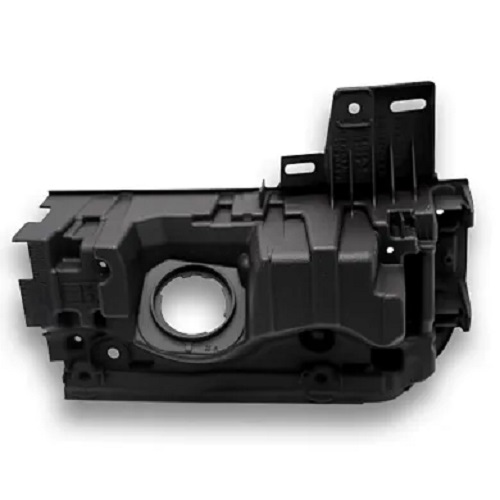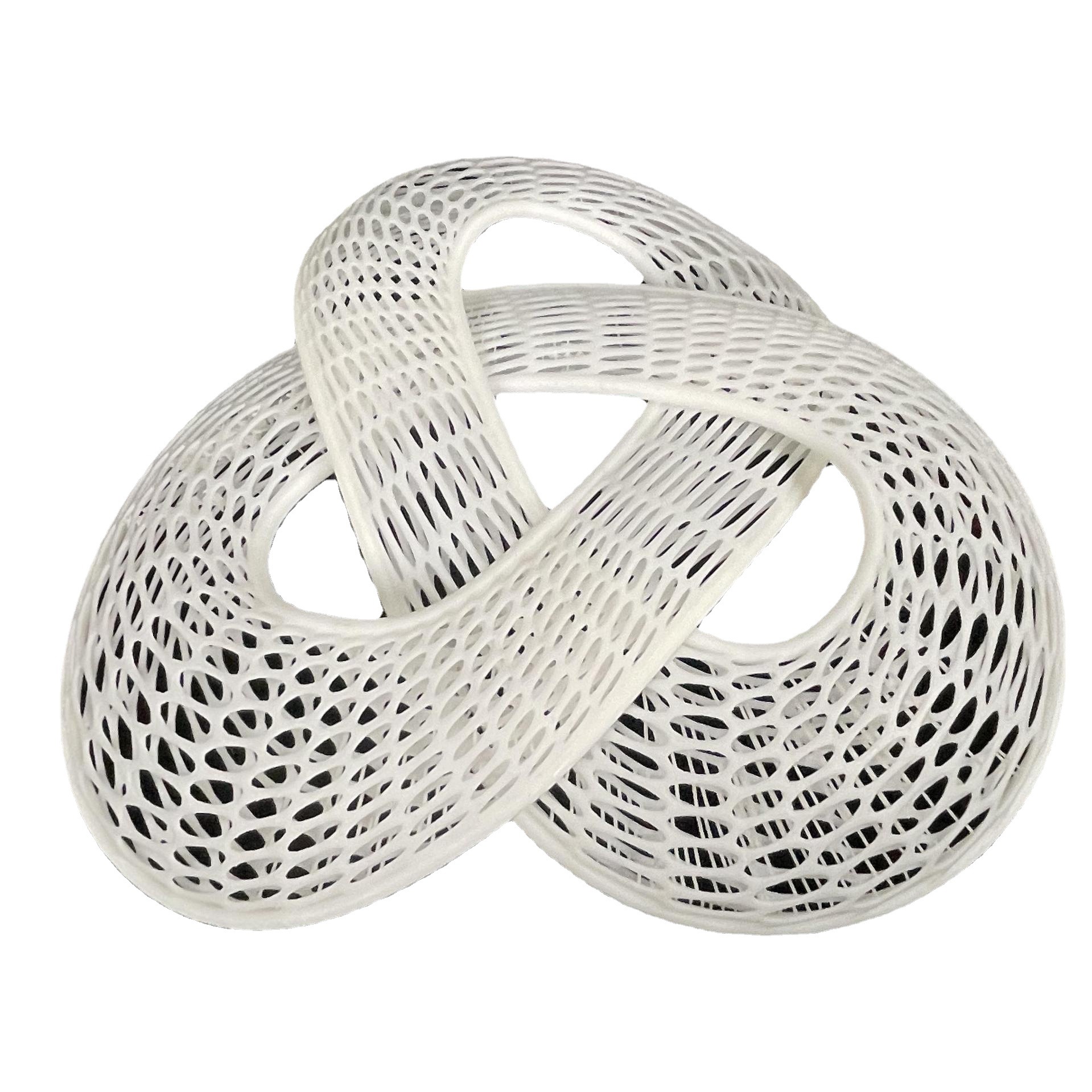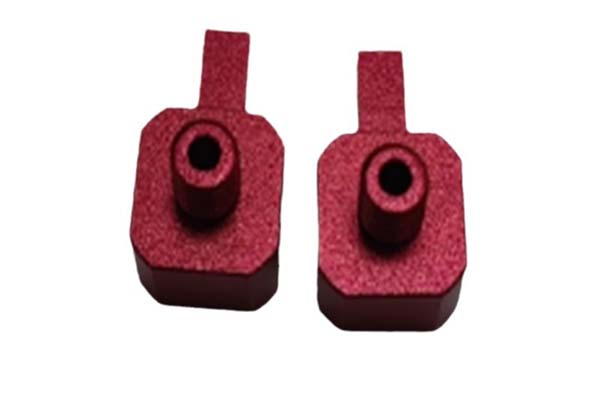Introduction
The Allure of the Stormtrooper Helmet
The stormtrooper helmet has become an iconic symbol in popular culture, especially within the Star Wars universe. Since its first appearance in the original Star Wars film in 1977, this white, angular helmet has captured the imagination of fans worldwide. Stormtroopers, the faceless soldiers of the Galactic Empire, are instantly recognizable due to their unique helmets. The helmet's design is not only sleek and futuristic but also serves a practical purpose within the Star Wars lore, providing protection and enhancing the soldiers' senses in various combat situations. It has transcended the boundaries of the silver screen and has been replicated in countless forms, from action figures to cosplay, and now, 3D printing has made it more accessible than ever for enthusiasts to create their own.
3D Printing Basics for the Helmet
Materials for 3D Printing a Stormtrooper Helmet
Choosing the right material is crucial for a successful 3D - printed stormtrooper helmet. Here are some of the commonly used materials and their characteristics:
| Material | Strength | Heat Resistance | Printing Difficulty | Cost |
| PLA (Polylactic Acid) | Moderate strength. It can hold its shape well for a helmet structure but may not be as tough as some other materials in high - impact situations. | Low heat resistance, with a softening point around 60 - 65°C. This means it can deform if exposed to high temperatures, so it's not ideal for use in very hot environments. | Relatively easy to print. It has a low shrinkage rate, which reduces the risk of warping during printing, making it a great choice for beginners. | Inexpensive, widely available, and comes in a variety of colors, which is great if you want to print a white stormtrooper helmet right off the bat. |
| ABS (Acrylonitrile Butadiene Styrene) | Higher strength compared to PLA, making it more suitable for a helmet that might endure some rough handling. | Better heat resistance than PLA, with a heat - deflection temperature around 100°C. This allows it to maintain its shape better in warmer conditions. | Slightly more difficult to print. ABS has a higher shrinkage rate, which can cause warping, especially in larger prints like a helmet. Using a heated build plate and an enclosed printer can help mitigate this issue. | Slightly more expensive than PLA, but still reasonably priced. |
| PETG (Polyethylene Terephthalate Glycol - modified) | Offers a good balance of strength and flexibility. It's more impact - resistant than PLA and has better chemical resistance. | Has a heat - deflection temperature around 70 - 85°C, which is better than PLA but not as high as ABS. | Prints well, with less warping than ABS, but it can be a bit more stringy during printing compared to PLA. It requires careful adjustment of printing parameters. | Similar in price to ABS, and it's also available in multiple colors. |
Each material has its pros and cons, and your choice will depend on factors such as your 3D printing experience, the intended use of the helmet (cosplay, display, or more rugged use), and your budget.
Steps to 3D Print a Stormtrooper Helmet
Design Selection
The first crucial step in 3D printing a stormtrooper helmet is finding the right 3D model. You have two main options:
- Online Repositories: There are numerous websites that host a vast collection of 3D models. Platforms like Thingiverse, MyMiniFactory, and Cults3D are popular among 3D printing enthusiasts. On these sites, you can search specifically for “stormtrooper helmet 3d print” models. When choosing a model from these repositories, pay attention to the reviews and ratings left by other users. High - rated models are more likely to be accurate, well - designed, and free of errors. For example, a model with a 4.5 - star rating out of 5, based on 50 reviews, is a good indication that it has been successfully printed by many and is likely to work well for you too.
- Self - Design: If you have 3D modeling skills, creating your own stormtrooper helmet model gives you complete creative control. You can use 3D modeling software such as Blender (which is free and open - source) or more professional software like Autodesk Maya. Designing your own model allows you to add unique details, modify the size to fit perfectly, or even create a customized version of the stormtrooper helmet. However, this option requires a significant amount of time and knowledge in 3D modeling. Whether you choose to download or design your own, ensure that the model is complete, with all parts of the helmet (such as the main shell, earpieces, and vents) clearly defined and in the correct proportion.
Pre - printing Preparation
Once you have your 3D model, the next step is pre - printing preparation, which mainly involves slicing the model. Slicing software takes your 3D model and divides it into thin layers that the 3D printer can understand and print. Here are some key slicing parameters to consider:
- Layer Thickness: This determines the vertical resolution of your print. A thinner layer thickness, such as 0.1 mm, will result in a smoother surface finish but will also increase the printing time. For a stormtrooper helmet, which has many smooth curves and fine details, a layer thickness of 0.1 - 0.2 mm is often recommended. Thicker layers, like 0.3 mm, can speed up the printing process but may make the surface look more “stepped” and less smooth.
- Fill Density: This refers to how much of the interior of the printed object is filled with material. A higher fill density, say 50 - 100%, will make the helmet more solid and durable but will also use more material and increase the weight. For a display - only stormtrooper helmet, a fill density of 20 - 30% may be sufficient. However, if you plan to use the helmet for cosplay and it might experience some rough handling, a higher fill density of 40 - 50% would be more appropriate.
- Support Structures: Since a stormtrooper helmet has overhangs and curved parts, support structures are often necessary. Support structures are extra material printed by the 3D printer to hold up parts of the model that would otherwise collapse during printing. Some slicing software can automatically generate supports, but you may need to adjust the settings. For example, you can choose the type of support (such as tree - like or grid - like), and adjust the density of the supports. Tree - like supports are generally easier to remove and use less material, while grid - like supports offer more stability for large overhangs.
The Printing Process
During the printing process, several issues may arise:
- Nozzle Clogging: This can occur if the filament has debris or if the temperature is too low. If the nozzle clogs, the filament will not extrude properly, and you may see gaps in your print. To prevent this, always use high - quality filament and ensure that your printer's temperature settings are correct for the material you're using. For example, PLA typically prints well at 190 - 220°C, while ABS may require a higher temperature range of 230 - 250°C. If a clog does occur, you can try using a nozzle cleaning kit or heating up the nozzle and manually pushing the filament through.
- Model Warping: This is more common with materials like ABS due to its higher shrinkage rate. Model warping happens when the edges of the print lift off the build plate. To combat this, you can use a heated build plate (set to an appropriate temperature, for example, around 60 - 100°C for ABS), use a glue stick or other adhesion promoters on the build plate, or print a brim around the model. A brim is a thin, flat border printed around the base of the model, which helps to keep the model adhered to the build plate.
It's also important to monitor the printing progress. Most 3D printers have a status display or can be connected to a computer or mobile device, allowing you to check the progress, estimated time remaining, and temperature readings. Regularly checking on the print can help you catch any issues early and potentially save the print.
Post - processing
After the helmet is printed, post - processing is essential to achieve a professional - looking result:
- Sanding and Smoothing: Use sandpaper of various grits, starting from a coarse grit (around 100 - 200) to remove any rough edges, layer lines, or support marks. Then, gradually move to finer grits (400 - 1000) to achieve a smooth surface. You can also use a dremel tool with a sanding attachment for hard - to - reach areas.
- Painting: A high - quality paint job can really bring the stormtrooper helmet to life. First, apply a primer to ensure good paint adhesion. Then, use spray paint in the appropriate color (usually white for a classic stormtrooper helmet). You can use masking tape to create clean lines for any additional details, such as the black accents on the helmet. Finish with a clear coat to protect the paint and give it a shiny, durable finish.
- Assembly: If your helmet was printed in multiple parts, carefully assemble them using a suitable adhesive, such as super glue or a plastic - specific glue. Make sure the parts fit together properly and that the alignment is correct. Adding any final details, like the lenses for the eyes or the microphone on the side, completes the look. Post - processing can take as much time as the printing process itself, but it's what transforms a raw 3D - printed object into a high - quality stormtrooper helmet.
Yigu Technology's Perspective
The Role of Non - standard Plastic Metal Products Suppliers
Yigu Technology, as a non - standard plastic metal products custom supplier, plays a crucial role in the 3D printing of stormtrooper helmets.
Material Selection: We have an in - depth understanding of a wide range of materials suitable for 3D printing. While the common materials like PLA, ABS, and PETG are great options, we can also introduce some special - purpose materials. For example, we might recommend a high - impact - resistant plastic composite that can provide even better durability for a stormtrooper helmet used in cosplay events where it could potentially experience more physical stress. Our knowledge of material properties allows us to match the right material to your specific needs, whether it's for a display - only helmet or one for active use.
Technical Support: Yigu Technology offers technical expertise in 3D printing processes. We can assist with optimizing printing parameters based on the chosen material and the complexity of the stormtrooper helmet model. If you're using an FDM printer, we can provide advice on nozzle temperatures, bed adhesion techniques, and layer height settings to ensure a smooth print. In the case of SLA printing, we can offer guidance on resin selection, curing times, and post - curing processes. Additionally, we can help troubleshoot common issues such as layer delamination or warping, drawing on our experience in dealing with various 3D printing projects.
Customization Options: For those looking to add a unique touch to their stormtrooper helmets, we can provide custom - made parts or finishes. This could include creating custom - designed ventilation grilles using metal - like materials for a more realistic look, or adding special texture coatings to the plastic surface to mimic the appearance of a battle - worn helmet. Our ability to work with non - standard materials and processes enables us to bring your creative ideas to life, making your 3D - printed stormtrooper helmet truly one - of - a - kind.
FAQs
Q1: What is the best 3D printer for printing a stormtrooper helmet?
For printing a stormtrooper helmet, consider printers based on several factors. If you're on a budget and a beginner, an FDM printer like the Creality Ender 3 series is a great choice. It has a decent build volume, often around 220 x 220 x 250 mm, which is large enough to print most stormtrooper helmet models. The Ender 3 can achieve a layer height as low as 0.1 mm, providing relatively good detail. It also has a stable frame and is well - supported by the 3D printing community, meaning you can easily find tutorials and upgrades.
For those who want higher precision and are willing to invest more, an SLA printer such as the Anycubic Photon series is recommended. SLA printers can achieve much finer layer heights, sometimes as low as 0.025 mm, which is excellent for capturing the intricate details of a stormtrooper helmet. They also produce smoother surface finishes, but they are generally more expensive, and the resin materials can be costlier.
Q2: How long does it take to 3D print a stormtrooper helmet?
The printing time for a stormtrooper helmet can vary significantly. A small - scale, low - detail helmet printed with a thick layer height (e.g., 0.3 mm) on a fast - speed FDM printer might take around 10 - 15 hours. However, a high - detail, full - sized helmet with a thin layer height (0.1 - 0.15 mm) and a high fill density (50 - 100%) can take anywhere from 30 - 72 hours on an FDM printer.
SLA printers, while they can achieve higher precision, also have their own time factors. The curing process for each layer in SLA takes time, and a detailed stormtrooper helmet could take 20 - 50 hours depending on the model's complexity, layer height, and the power of the curing light source.
